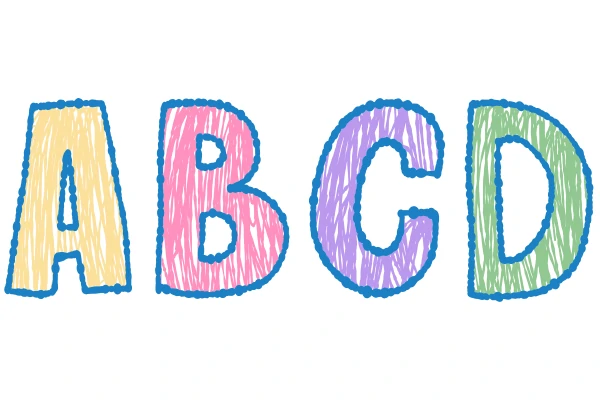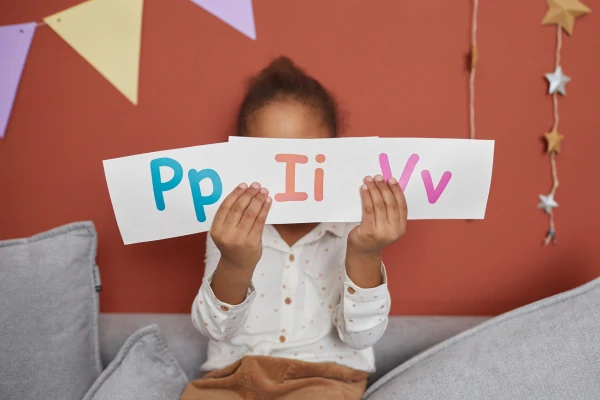Alphabetic knowledge refers to an understanding of the alphabetic system, including the recognition of individual letters and the ability to associate them with their corresponding sounds.
This foundational skill underpins both decoding (reading) and encoding (spelling). It supports phonemic awareness and phonics instruction by helping children connect sounds (phonemes) to their written symbols (graphemes). This knowledge is an important part of the alphabetic principle, the conceptual framework that guides reading and writing.
Once children have developed these skills, they come to understand that letters and letter combinations represent sounds and that these sounds can be used to read and write words.


Alphabetic knowledge can start to develop around age 3 or 4, but there’s no rush. Preschool is the perfect time to begin, with the goal of making learning fun and engaging rather than formal. Your child doesn’t need to memorise the alphabet right away, but they can start building awareness.
Here are some easy, engaging and entertaining ways to introduce the alphabet at home:
Alphabetic knowledge is a strong predictor of reading success. Children who know their letters and sounds are more able to sound out words, which is the foundation for learning to read. This early skill also boosts spelling and writing abilities. The earlier your child starts learning letters and their corresponding name and sound, the more confident they will be when they start school.
By making alphabetic knowledge fun and interactive, you’re setting your child up for success in their literacy journey—one letter at a time!
Cami and the Lost Letters, Cami’s Reading Adventure and Learn Letters and Sounds with Cami are perfect early literacy companions for developing these skills at home.